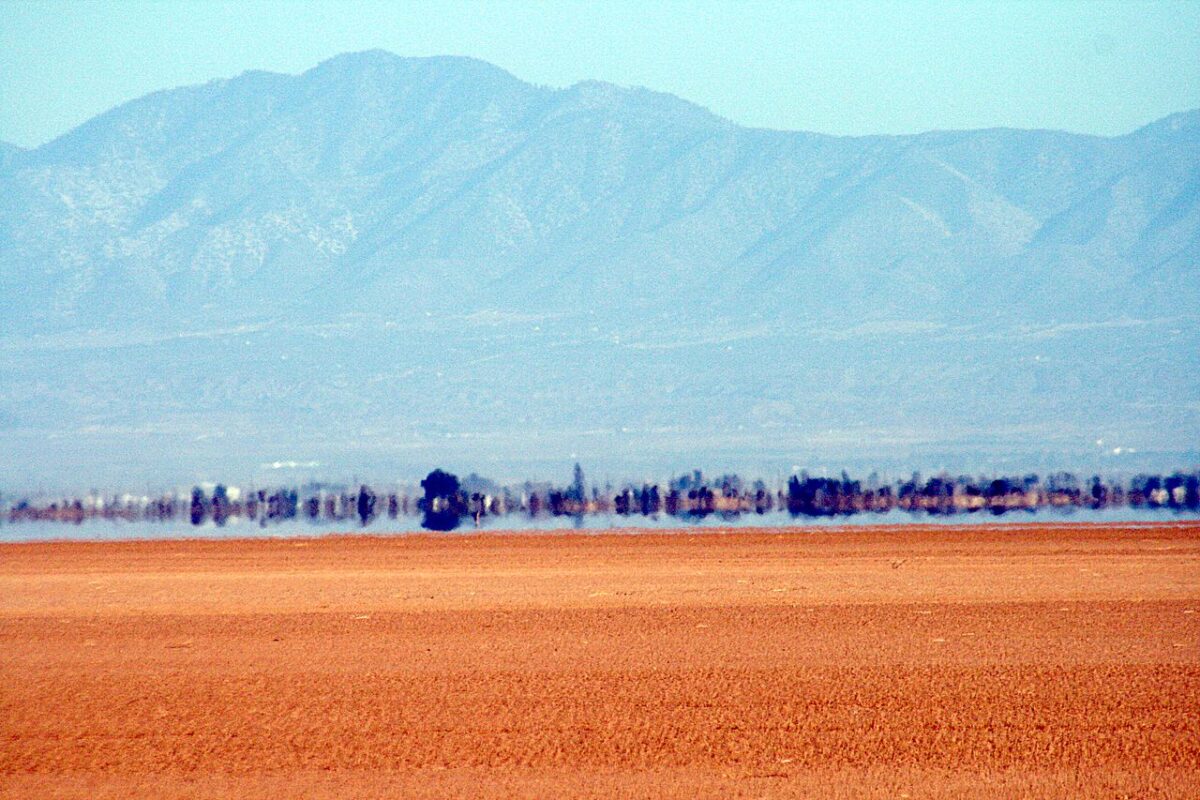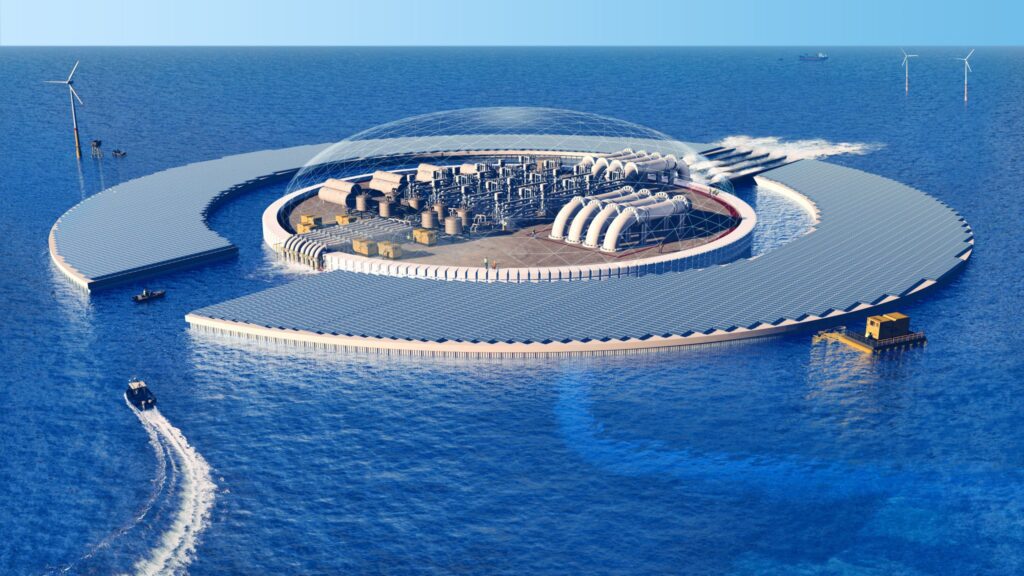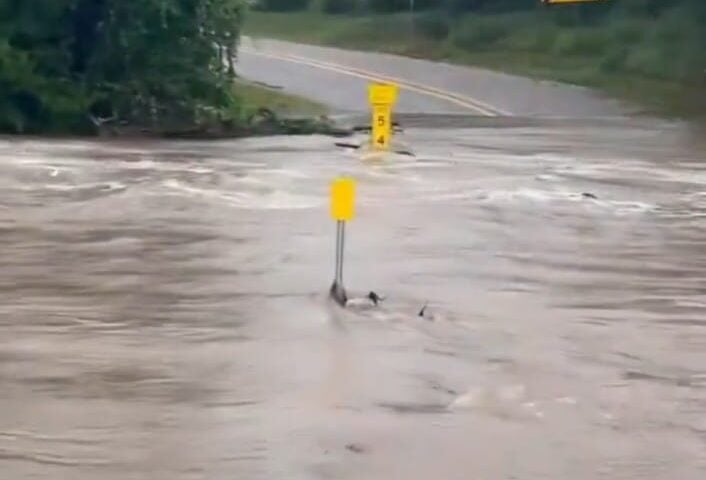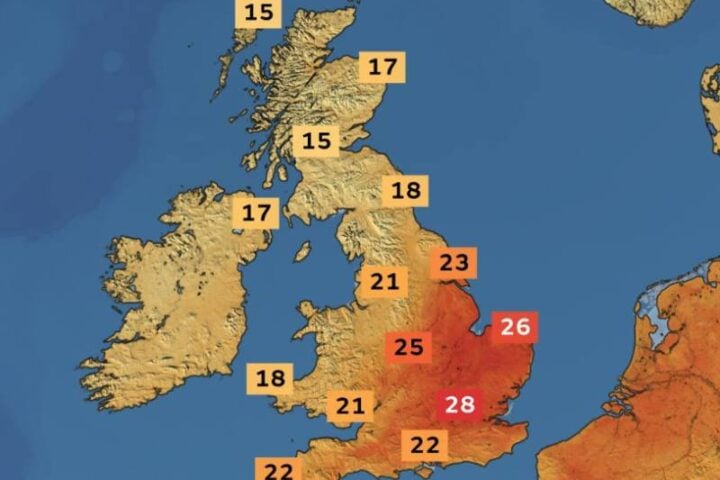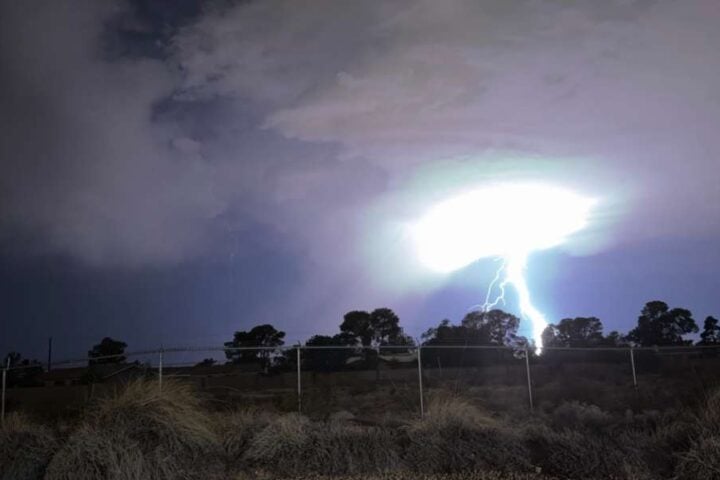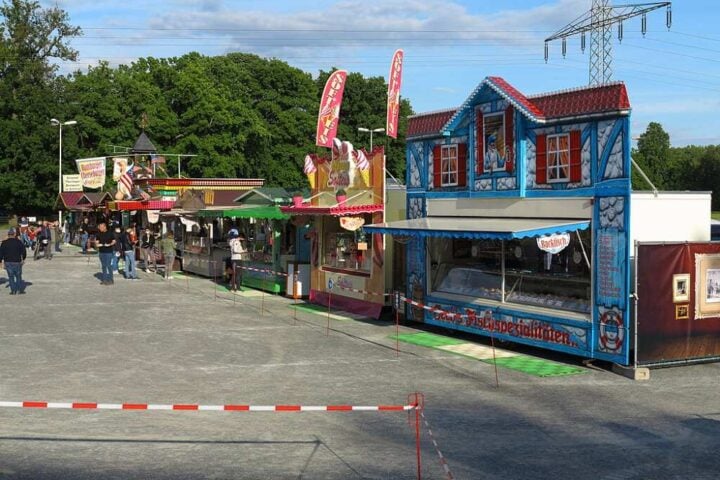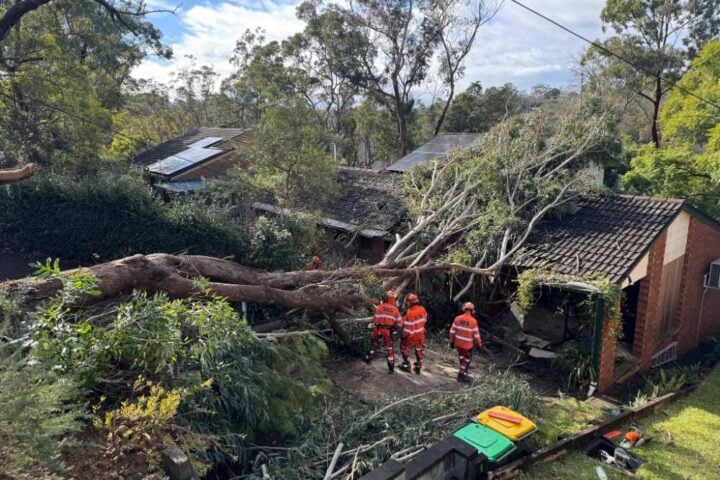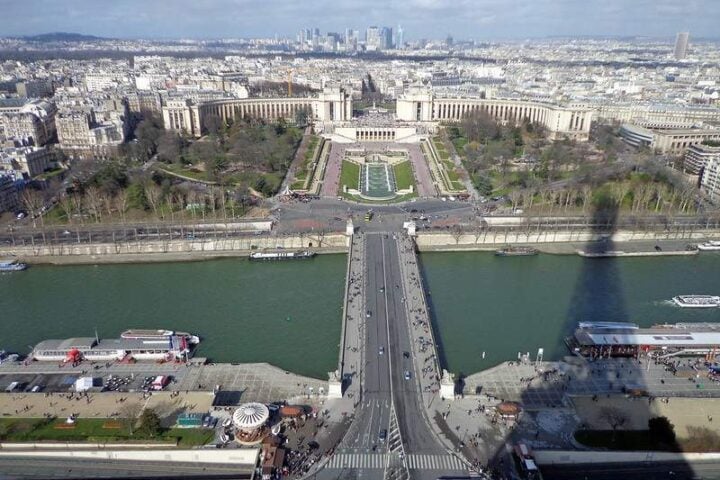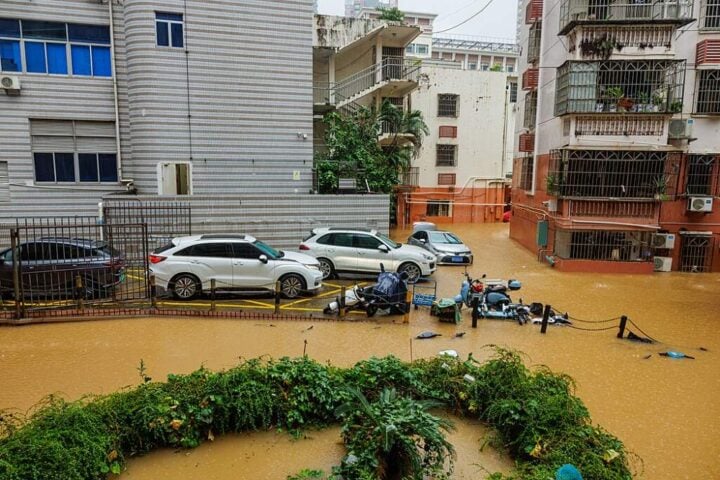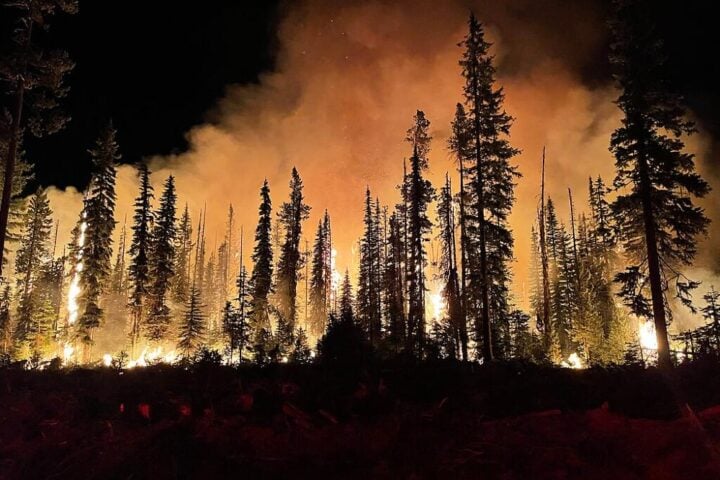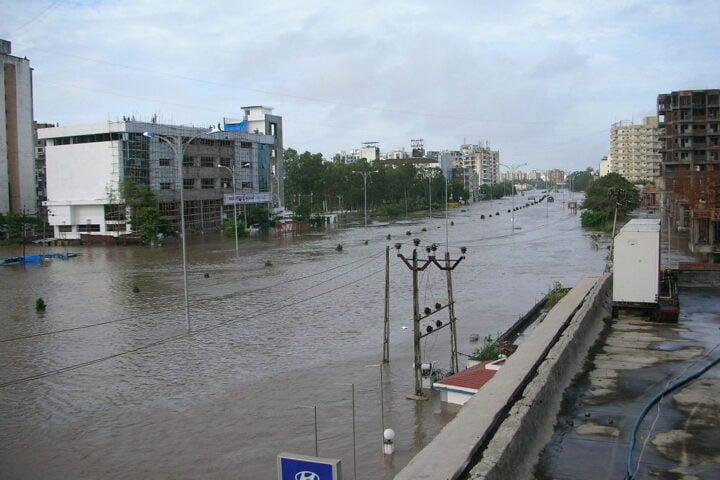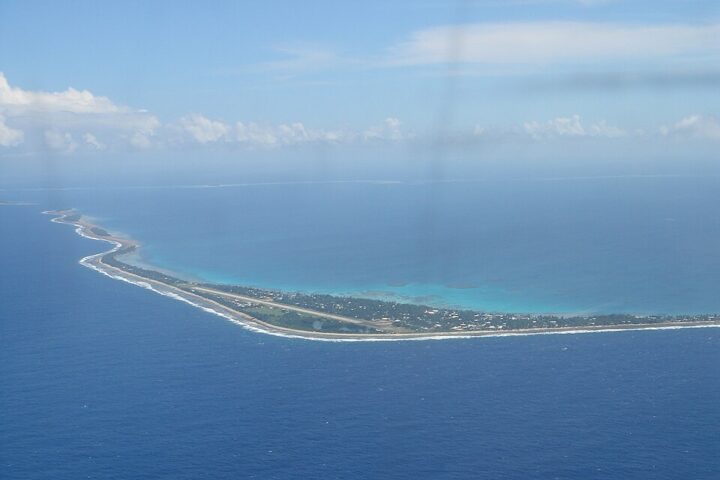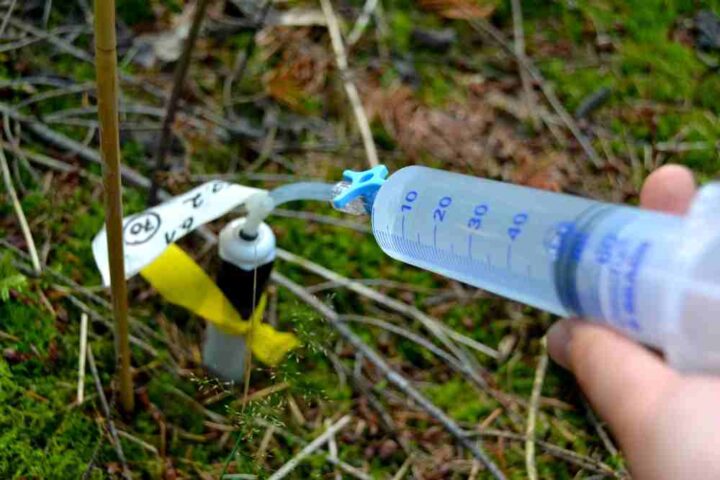Urban environments have long been acknowledged for their heat-absorbing characteristics, creating “urban heat islands” that significantly elevate temperatures compared to rural areas. The escalating global warming trend has added another layer to this phenomenon, not only increasing aboveground temperatures but also creating and intensifying underground heat zones. The repercussions of this subterranean heat surge are only now being recognized, with recent research highlighting alarming implications for urban infrastructure and ecosystems.
Studying the Heated Depths
A groundbreaking study conducted by Alessandro F. Rotta Loria, a civil and environmental engineer at Northwestern University, brings our attention to these previously unrecognized effects. In this study, downtown Chicago served as the test subject, with over 150 sensors deployed throughout various underground locations to gather three years of temperature data. The resulting statistics painted a disturbing picture. The overall ground temperature in Chicago was increasing by 0.25 degrees Fahrenheit annually. The findings, published in Communications Engineering, confirm that the hidden heat surge poses a “silent hazard” to urban structures and potentially subterranean ecosystems.
Infrastructure Implications
Heat-induced ground deformations are threatening the stability of city buildings and substructures. This underground climate change causes expansion and contraction of the soil, potentially leading to foundation cracks, water damage, and building tilts. The implications of such changes are particularly severe for cities with softer grounds or those near water bodies. These disturbances could lead to significant maintenance challenges and costs over time. For instance, Rotta Loria’s model predicts by mid-century, areas beneath the Chicago Loop may rise or settle by up to 12 millimeters or 8 millimeters, respectively. The seeming minute shifts could however trigger substantial infrastructural damages.
Ecological Impact
The underground heat wave could also disrupt the delicate balance of subterranean ecosystems, affecting creatures accustomed to stable temperature conditions. Furthermore, heated groundwater could become a breeding ground for harmful microbes, adding another layer to the potential environmental repercussions.
Harnessing the Heat
Despite the threat posed by underground climate change, the phenomenon also offers a potential opportunity. Researchers suggest the surplus heat could be reclaimed using geothermal technologies. For example, water pipes running through the underground hotspots could pick up thermal energy, which could then be used to heat buildings and other infrastructures. Although the investment may not be immediately profitable, considering the cost of retrofitting existing structures with such technologies, it could become more appealing as global warming continues to boost underground temperatures.
Similar Post
Tackling the Underground Climate Challenge
In response to the escalating issue of underground climate change, urban planners need to consider measures to minimize heat generation and effectively use waste heat. Additionally, construction materials with low thermal conductivity could help decrease heat absorption and transfer to the ground. These steps can help slow down the underground warming trend and mitigate its damaging effects on urban infrastructure and subterranean ecosystems. In conclusion, the seemingly invisible underground climate change is a slow but real threat. As Rotta Loria points out, “It’s happening. Maybe we don’t see it always, but it’s happening.” It is crucial that we take steps now to mitigate the impacts of this silent yet potentially destructive phenomenon.
